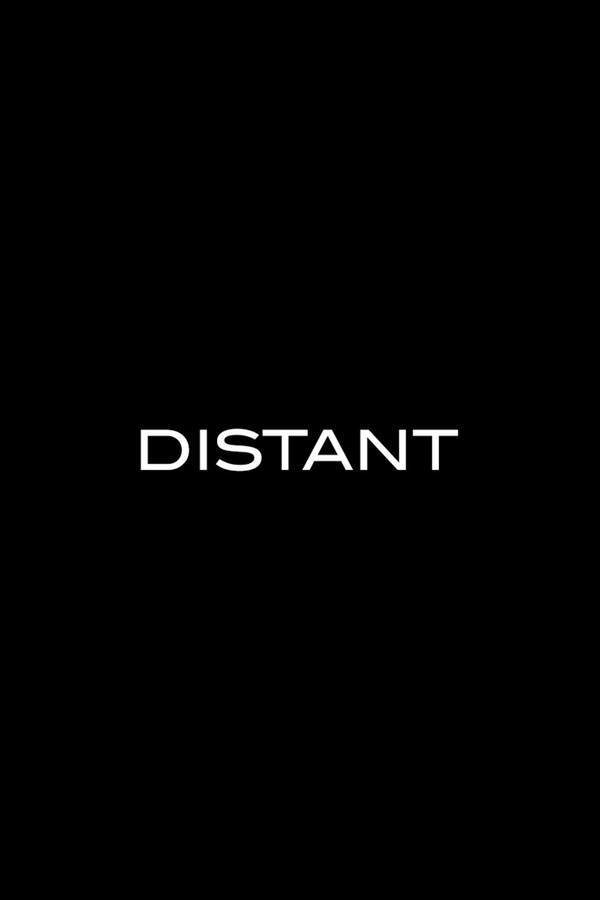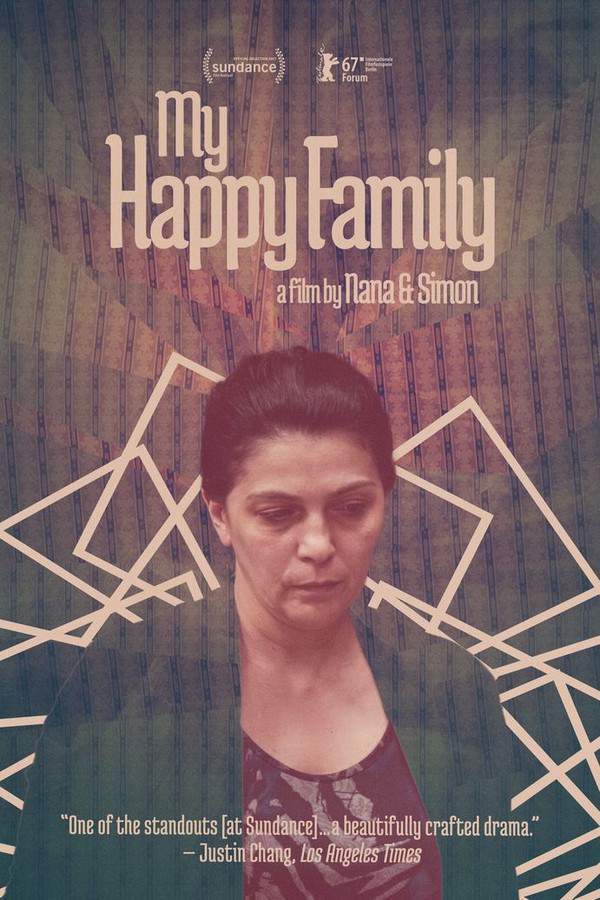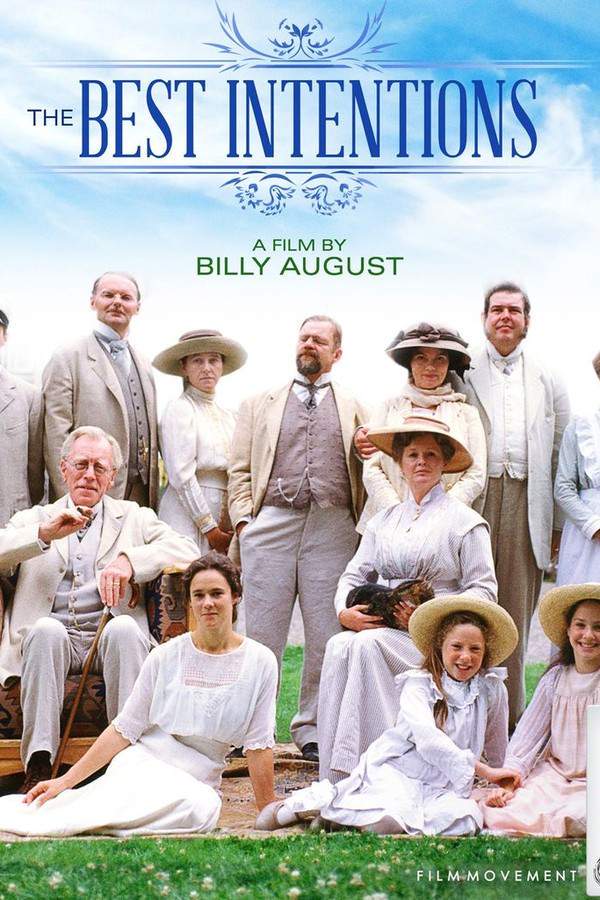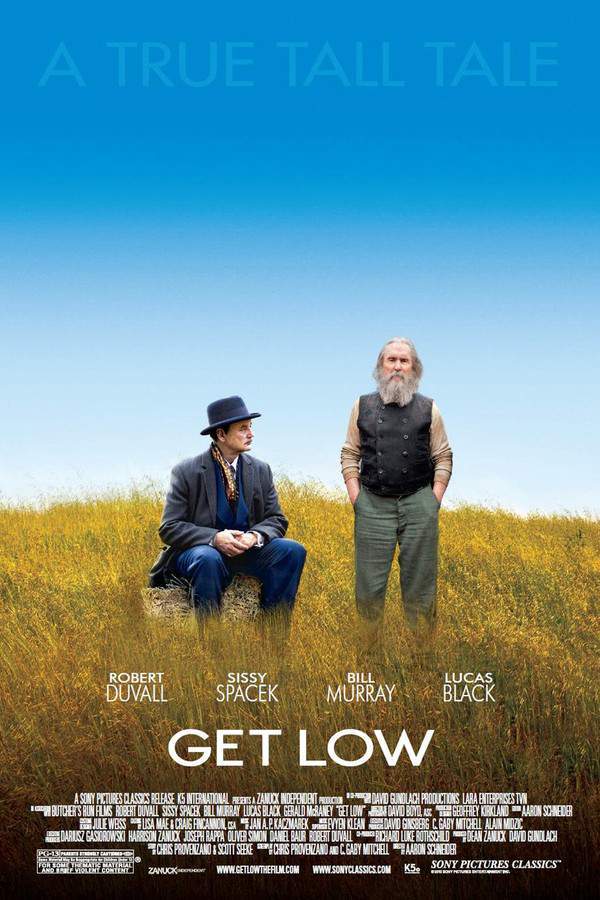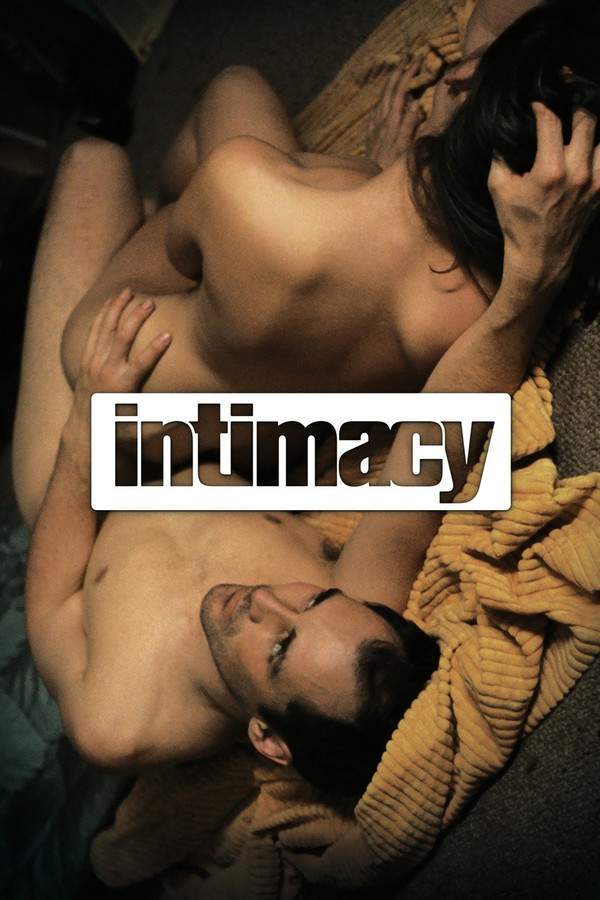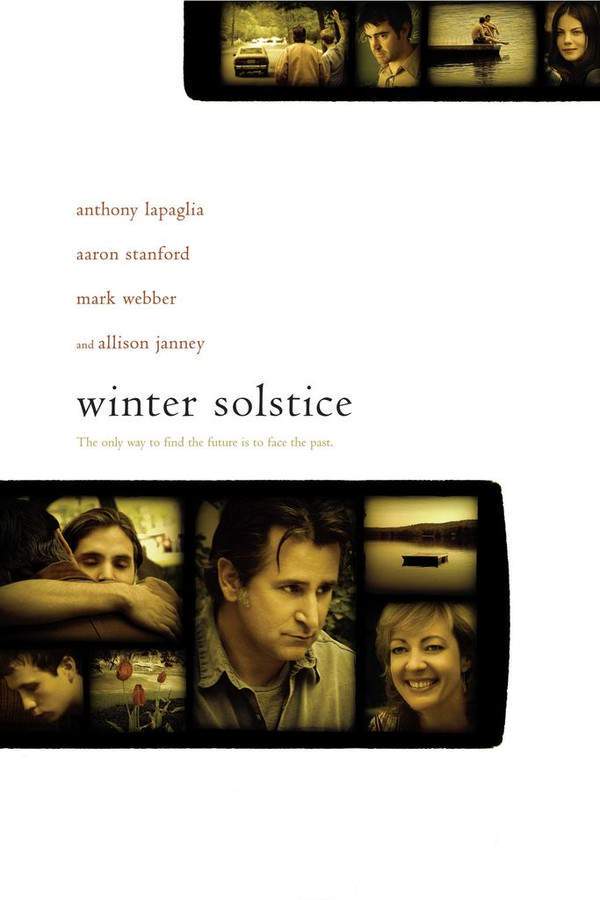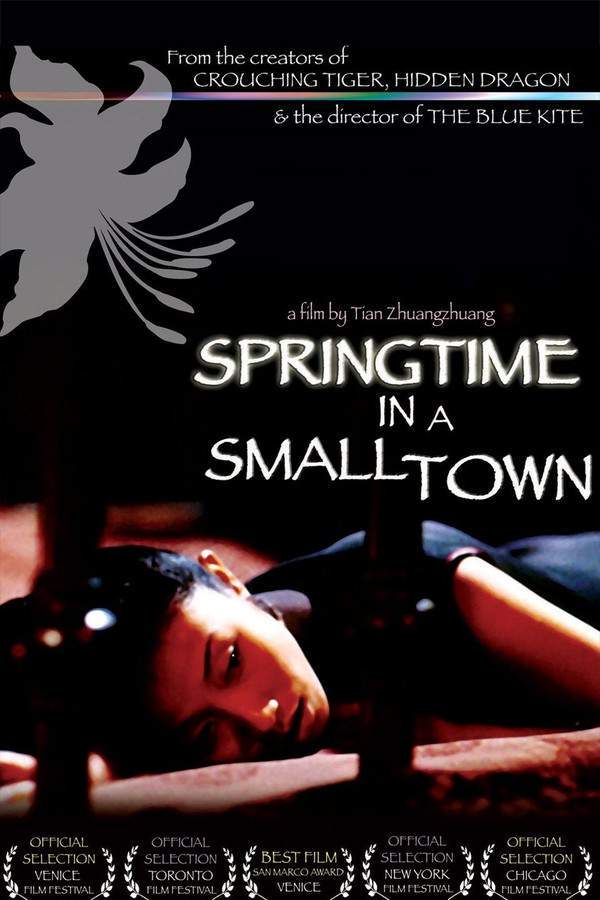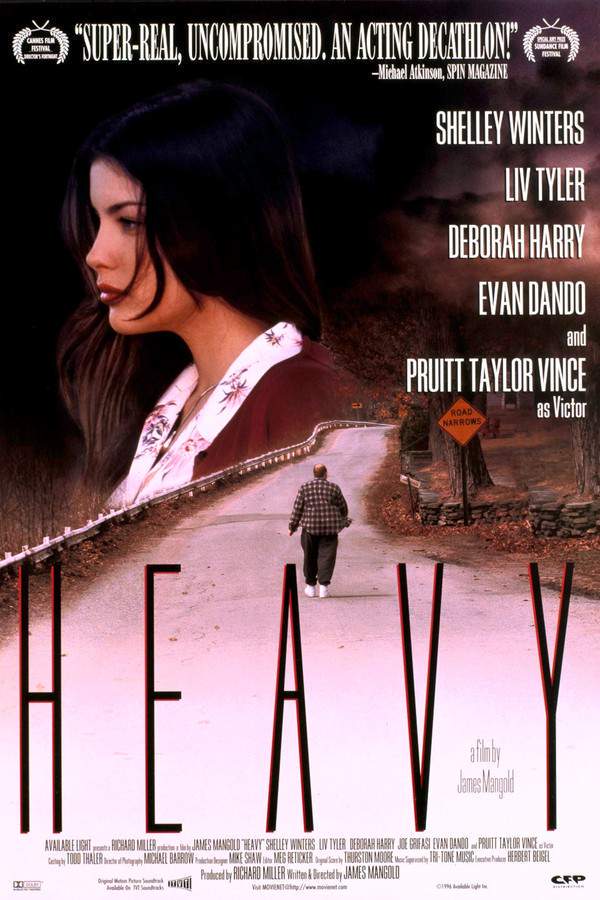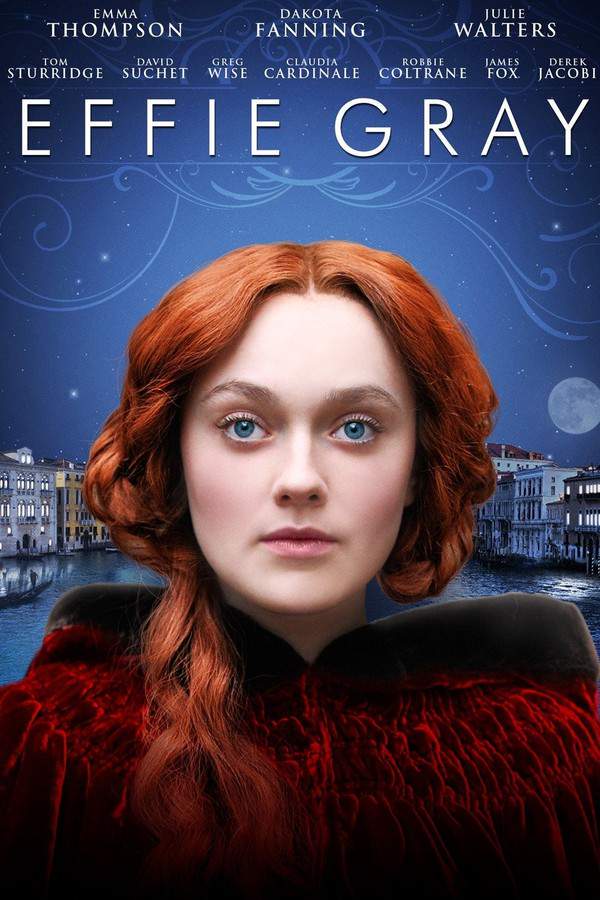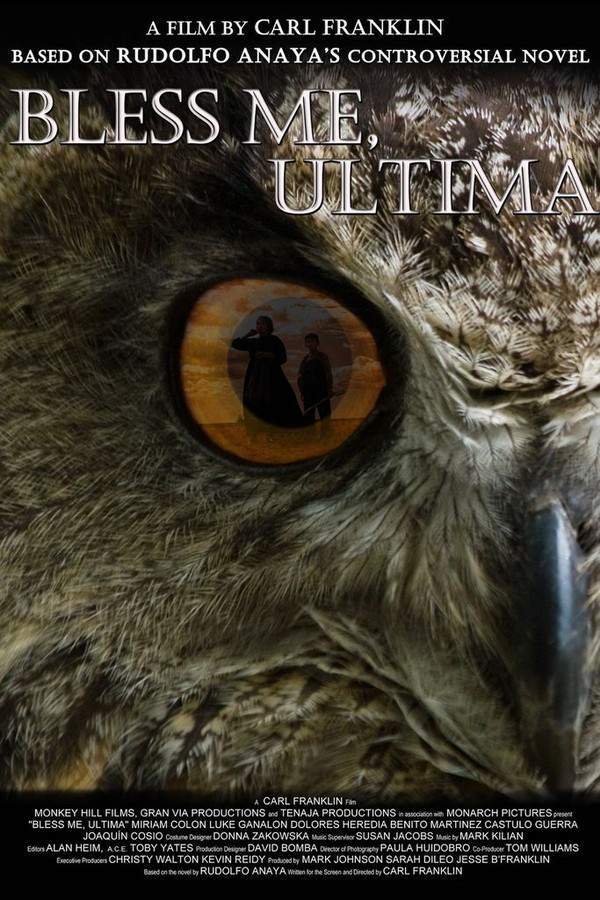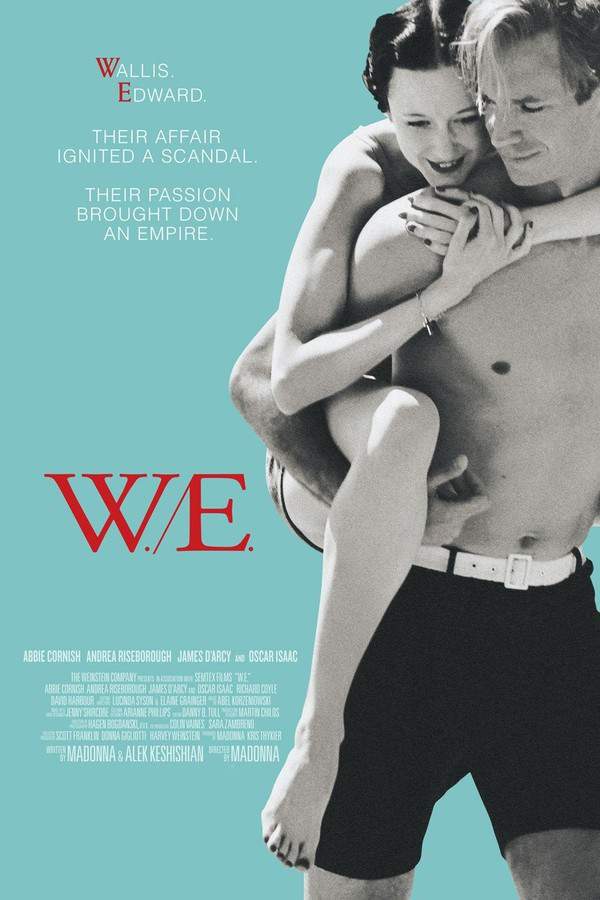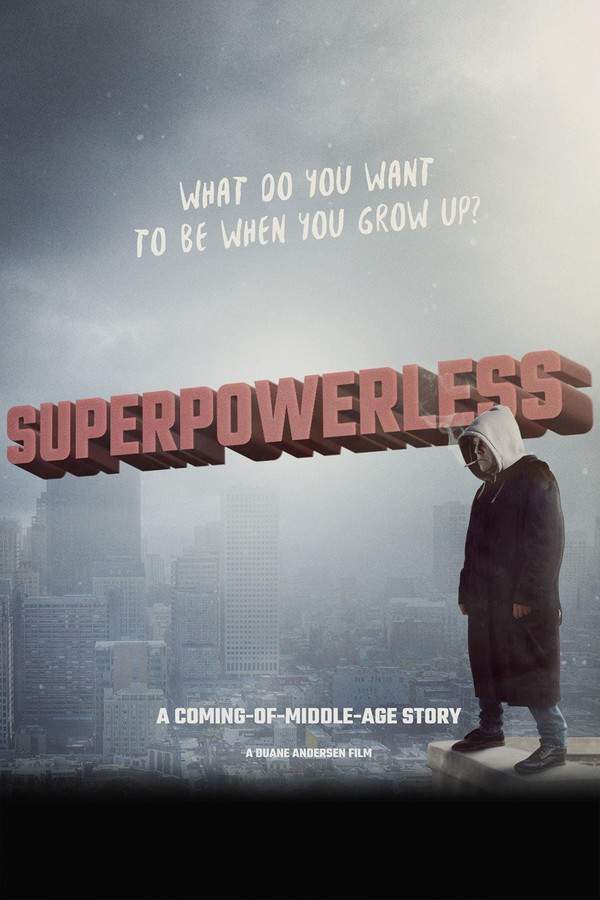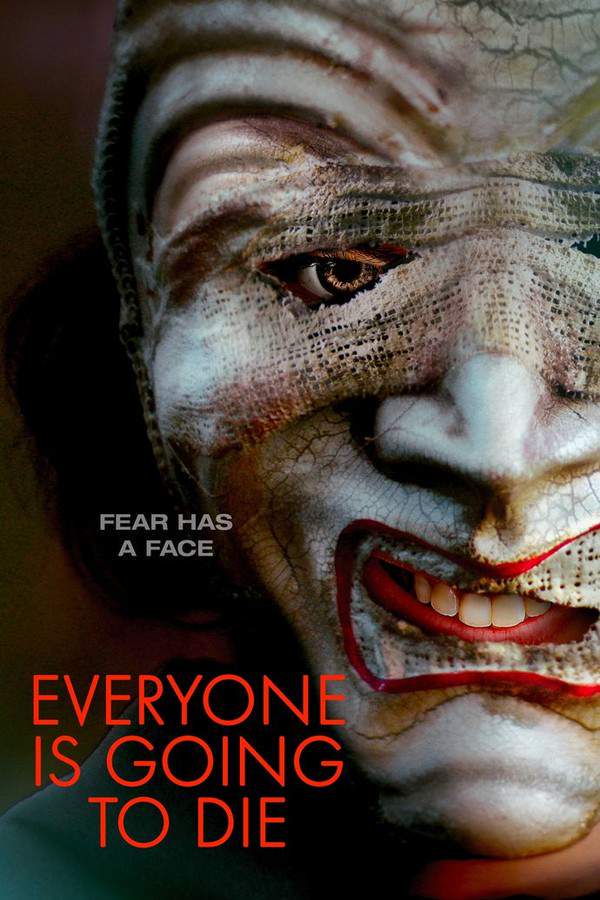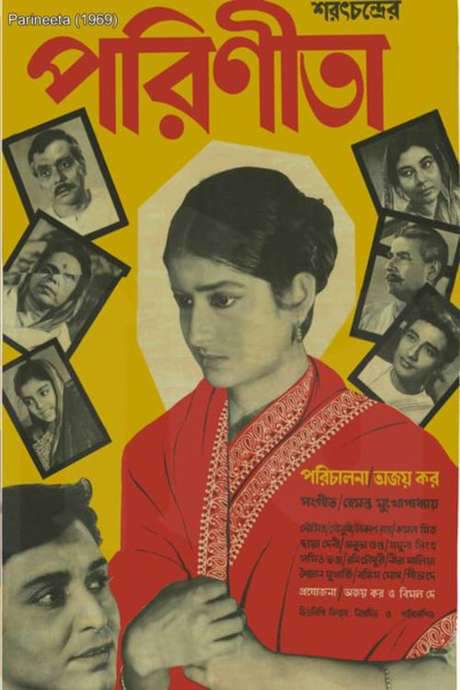
Fill the Void
Year: 2013
Runtime: 90 min
Language: Hebrew
Director: Rama Burshtein
Following the tragic and sudden death of a young woman, her family is left reeling from grief and facing difficult decisions rooted in tradition. To maintain family honor and stability, the deceased’s younger sister, just eighteen years old, unexpectedly finds herself engaged to her deceased sister's husband, forcing her to confront complex emotions and responsibilities. The film explores themes of loss, duty, and the weight of cultural expectations within a close-knit community.
Warning: spoilers below!
Haven’t seen Fill the Void yet? This summary contains major spoilers. Bookmark the page, watch the movie, and come back for the full breakdown. If you're ready, scroll on and relive the story!
Fill the Void (2013) – Full Plot Summary & Ending Explained
Read the complete plot breakdown of Fill the Void (2013), including all key story events, major twists, and the ending explained in detail. Discover what really happened—and what it all means.
Shira Mendelman, an 18-year-old Hasidic girl residing in Tel Aviv, is filled with anticipation for her upcoming arranged marriage to the young man she has feelings for. However, tragedy strikes during Purim when her older sister, Esther, tragically dies while giving birth. In the aftermath of this loss, Shira’s father decides to postpone the engagement, wishing to avoid a sense of emptiness in their home so soon after the family’s heartbreak. Adding to Shira’s responsibilities, Esther’s husband, Yochay, begins visiting the Mendelman household regularly, bringing along their son, Mordechai, whom Shira lovingly cares for.
In a surprising turn of events, Yochay’s mother approaches Shira’s mother, Rivka, to discuss the possibility of Yochay remarrying for the sake of little Mordechai. She proposes a match with a widow living in Belgium, but Rivka is devastated by the thought of Mordechai being taken away and instead suggests that Yochay marry Shira. Initially, both Shira and Yochay are hesitant about this arrangement, yet as circumstances evolve, Yochay begins to consider it. Shira, learning that her previous engagement has been called off due to her father’s hesitations, finds herself pondering the idea, despite her original dream of marrying someone younger and sharing the newlywed experience together.
Soon after, a friend of Esther, Frieda, who has never had any marriage proposals, tells Shira that Esther would have preferred if Yochay married her instead. Feeling compelled to honor her late sister’s wishes, Shira suggests to Yochay that Frieda would make a better match. This suggestion does not sit well with Yochay and creates a rift between them.
As time goes by, Yochay decides to move with Mordechai to marry the widow in Belgium, causing Shira to feel pressured by her family to proceed with her engagement to him, which she believes is the best outcome for everyone involved. Despite her efforts, the rabbi senses Shira’s uncertainty about the relationship and refuses to sanction their marriage.
However, as the days turn into weeks, Shira comes to realize deep down that she is meant to be with Yochay and his son. Summoning her courage, she approaches the rabbi once more to express her desire to marry Yochay, and this time, he agrees. The film concludes on a hopeful note with their wedding, marking a new beginning amidst the complexities of love and family.
Last Updated: November 16, 2024 at 15:34
Explore Movie Threads
Discover curated groups of movies connected by mood, themes, and story style. Browse collections built around emotion, atmosphere, and narrative focus to easily find films that match what you feel like watching right now.
Intimate Community Dramas like Fill the Void
Character-driven stories where tradition and personal desire collide within small worlds.Discover movies like Fill the Void that delve into the complex social fabric of tight-knit groups. These similar dramas explore how tradition, duty, and personal desire intertwine, offering a quiet, reflective look at the pressures and comforts of living within a defined community.
Narrative Summary
Stories in this thread often center on a protagonist navigating the strictures of their community. The central conflict arises from the tension between individual aspirations and the demands of tradition, leading to a journey of introspection, negotiation, and often, a difficult choice that defines their place within the group.
Why These Movies?
These films are grouped together because they share a specific setting-driven tension. They create a claustrophobic yet intimate atmosphere where every decision is magnified by the watchful eyes of the community, resulting in a powerful, character-focused emotional experience.
Duty and Self-Discovery Movies like Fill the Void
Stories where young protagonists navigate the heavy weight of obligation to find themselves.If you liked Fill the Void's exploration of obligation and personal growth, you'll find similar themes here. These films follow young characters on quiet, introspective journeys where fulfilling duty becomes a complex path to discovering their own identity and strength.
Narrative Summary
The narrative pattern follows a protagonist, often on the cusp of adulthood, who is presented with a life-altering duty—be it an arranged marriage, a family business, or a caretaking role. The plot unfolds through their internal emotional journey as they grapple with this obligation, moving from resistance or fear toward a nuanced understanding and often a deliberate, mature choice.
Why These Movies?
These movies are connected by their focus on a specific emotional arc: the quiet, somber, yet ultimately hopeful process of sublimating personal desire for a larger duty, and finding a form of fulfillment within that constrained choice.
Unlock the Full Story of Fill the Void
Don't stop at just watching — explore Fill the Void in full detail. From the complete plot summary and scene-by-scene timeline to character breakdowns, thematic analysis, and a deep dive into the ending — every page helps you truly understand what Fill the Void is all about. Plus, discover what's next after the movie.
Fill the Void Timeline
Track the full timeline of Fill the Void with every major event arranged chronologically. Perfect for decoding non-linear storytelling, flashbacks, or parallel narratives with a clear scene-by-scene breakdown.

Characters, Settings & Themes in Fill the Void
Discover the characters, locations, and core themes that shape Fill the Void. Get insights into symbolic elements, setting significance, and deeper narrative meaning — ideal for thematic analysis and movie breakdowns.

Fill the Void Spoiler-Free Summary
Get a quick, spoiler-free overview of Fill the Void that covers the main plot points and key details without revealing any major twists or spoilers. Perfect for those who want to know what to expect before diving in.

More About Fill the Void
Visit What's After the Movie to explore more about Fill the Void: box office results, cast and crew info, production details, post-credit scenes, and external links — all in one place for movie fans and researchers.


